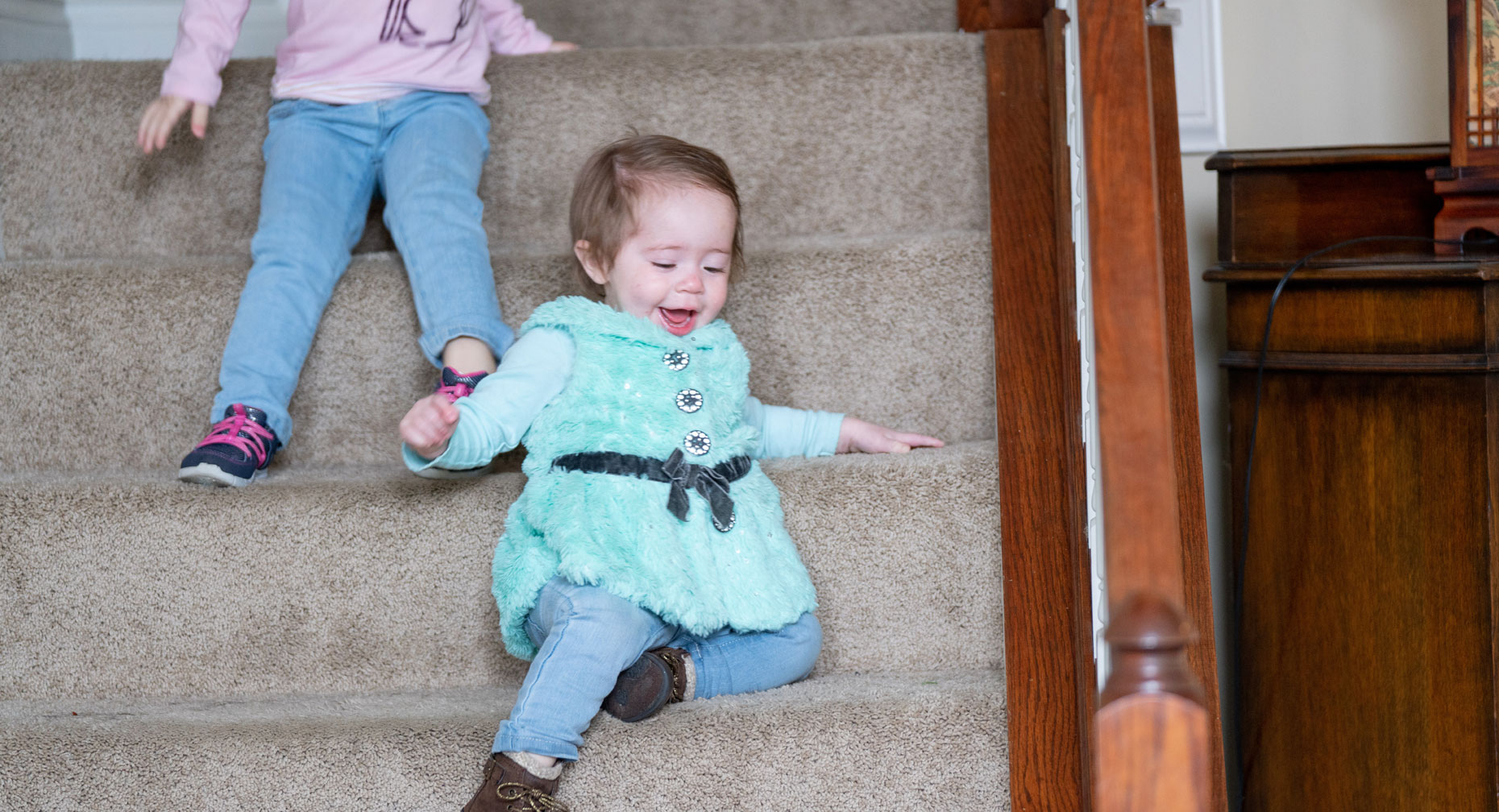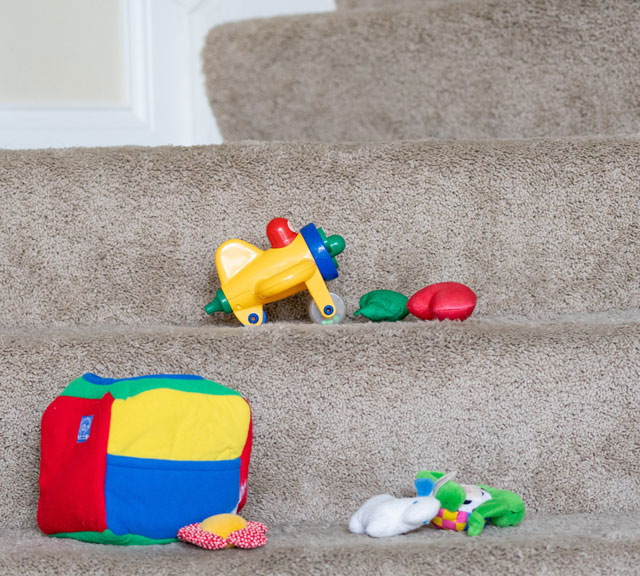Stair Safety: Raising Child Care to a New Level

Find Your Perfect Match
Answer a few questions and we'll provide you with a list of primary care providers that best fit your needs.
For reasons that mountain climbers may relate to, crawling babies and toddlers are attracted to stairs.
As a result, stairs are one of the 10 most common sources of injury for toddlers and small children, the American Academy of Pediatrics reports. And the Research Institute at Nationwide Children’s Hospital in Columbus adds that between 1999 and 2008, stairs resulted in emergency room visits for more than 900,000 children under age 5. Most of these children suffered head and neck injuries.
So, what can you do as a parent to protect your adventurous child from her natural inclinations?
Safety Gates Are Essential
Be sure to install safety gates once your baby is mobile. Gates should be placed at the top and bottom of stairways to prevent him from crawling and climbing where he shouldn’t.
The best safety gates:
- Screw into the wall
- Have no openings wider than one-half inch
- Are at least 22 inches high
Avoid pressure and tension gates, which can be pushed out of place.
Keep safety gates in place, especially at the top of stairs, until your child is at least older than two and can master the stairs.
Infant walkers are unsafe and should not be used, but they’re especially dangerous around stairs.
Stairs are one of the 10 most common sources of injury for toddlers and small children, the American Academy of Pediatrics reports.
Teach Your Children to Climb Up, Slide Down

Most children are ready to start using the stairs by 18 months of age. At this time, children can usually walk up stairs, but they don’t yet have the balance to walk down them safely.
Teach and show your child how to walk up the stairs by holding a handrail and taking one step at a time.
For going down the stairs, show your child how to crawl backwards on her stomach, hands and knees, feet first.
You can practice stair skills with your child. Here’s how:
- Use the lower three steps for practice.
- Let your child walk up slowly.
- Encourage your child to slide down the steps backwards, feet first.
- Stay behind your child in case he stumbles.
- Once she masters the lower steps, allow her to climb to the top step. Always stay a step or two behind.
- Remain a step or two in front of her as she travels down the steps.
Once your child is old enough to safely walk down the stairs, make sure she holds a handrail and walks slowly, one step at a time.
Protect Your Family from Stair Falls
Even when your child can safely manage the stairs, you should still take steps to prevent falls and make your home safe:
- Teach your child to always use safety railings.
- Install handrails if they are not already present.
- Keep stairs free of toys and clutter.
- Carpet stairs.
- Make sure stairwells are well lit.
- Teach children that playing on the stairs is dangerous.
- Do not let your children carry toys or other objects when using the stairs.
Remember that a child’s safety needs evolve as he grows. Infants need protection from safety hazards. Toddlers need supervision. School-aged children need to learn how to stay safe.
If you need ideas or assistance, be sure to talk with your child’s pediatrician.
Find Your Perfect Match
Answer a few questions and we'll provide you with a list of primary care providers that best fit your needs.
Source: American Academy of Pediatrics, What to Expect.com, American Association of Pediatrics




